NASA Selects Axiom for First Commercial Module for the International Space Station0
- From Around the Web, Space
- January 29, 2020
The module will attach itself to the ISS’ Node 2 forward port.
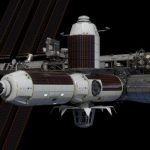
The module will attach itself to the ISS’ Node 2 forward port.
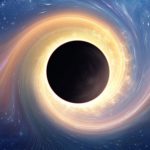
This isn’t how black holes are supposed to behave.

Astronomers say this planet is the hottest identified so far.

The newly unveiled logo for US Space Force appears to have boldly gone where Star Trek went before.
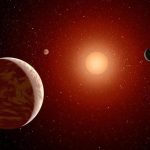
With over 4,000 confirmed exoplanets, we’re starting to get an idea of which types are common and which are rare. We’ve learned that our solar system is rather unusual in ways you wouldn’t expect. Take, for example, the presence of large planets orbiting small stars.
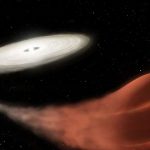
NASA’s Kepler spacecraft was designed to find exoplanets by looking for stars that dim as a planet crosses the star’s face. Fortuitously, the same design makes it ideal for spotting other astronomical transients—objects that brighten or dim over time. A new search of Kepler archival data has uncovered an unusual super-outburst from a previously unknown dwarf nova. The system brightened by a factor of 1,600 over less than a day before slowly fading away.

Life is pretty easy to recognize. It moves, it grows, it eats, it excretes, it reproduces. Simple. In biology, researchers often use the acronym ‘MRS-GREN’ to describe it. It stands for movement, respiration, sensitivity, growth, reproduction, excretion and nutrition. But Helen Sharman, Britain’s first astronaut and a chemist at Imperial College London, recently said that alien life forms that are impossible to spot may be living among us. How could that be possible?
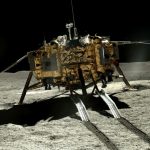
China’s lunar robots images cover about a year of exploration on the far side of the moon.
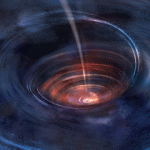
Using a technique akin to echolocation, scientists were able to map the region around a distant black hole’s event horizon in unprecedented detail.
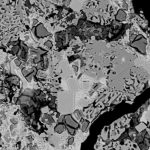
NASA’s plan is to return astronauts to the Moon by 2024, but the European Space Agency is working on a plan to help humans breathe on the celestial satellite — by turning moondust into oxygen.



